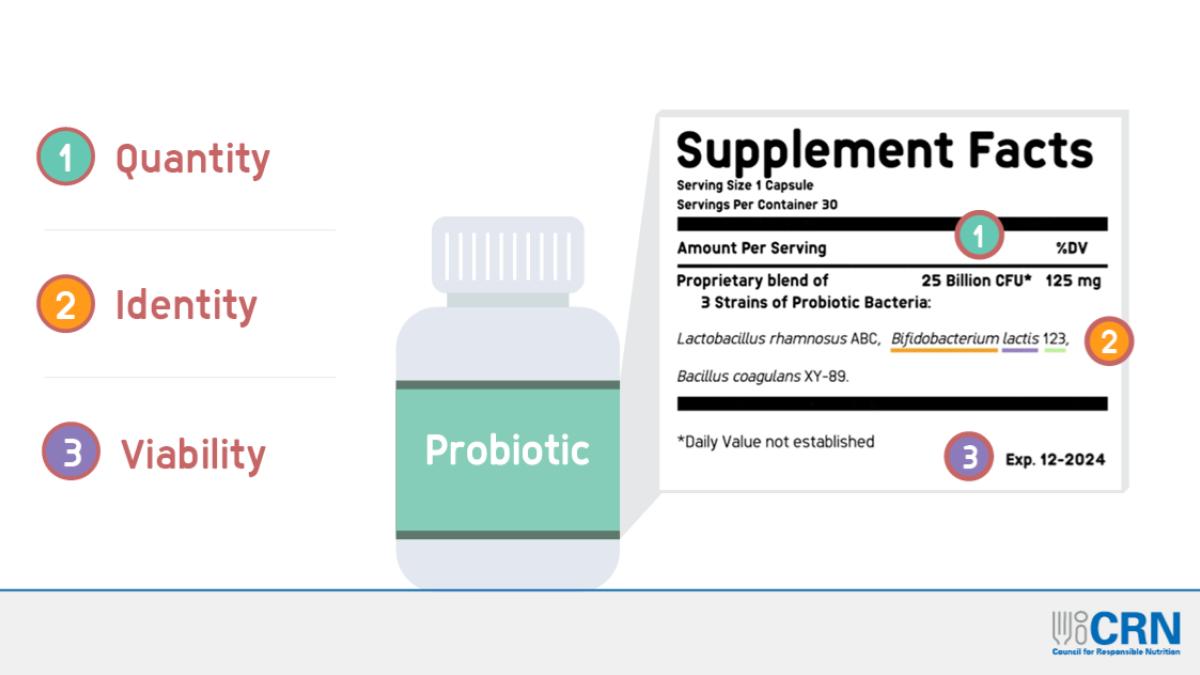UNLOCKED | ARCHIVE – JUNE 23, 2021
Private equity is investing in supplement companies—trade associations are their insurance policy

Over the last five years, private equity (PE) firms have purchased a long list of supplement brands. With the dietary supplement market estimated to have grown nearly 12% in 2020 and poised to grow, on average, nearly 5% each year through 2025, there’s a good chance a PE firm has already purchased or has its eye on your supplement company.
A new white paper by CRN explores how an effective trade association is like an insurance policy on the value of PE’s investment and a critical tool for improving valuation down the road. The paper examines six reasons why PE investors should insist their acquisitions join, or remain in, their industry trade association because of the unique benefits membership offers to PE investors.
Discover six ways CRN membership helps PE firms safeguard their investment in your brands by downloading the new white paper "Private Equity Loves Dietary Supplements—and Should Love CRN Too."
CRN’s retailer education campaign on probiotics delivers educational content on proper product labeling

CRN’s retailer education campaign on probiotics, “What’s Inside is Alive,” provides educational resources for retail buyers and consumers on the intricacies of probiotic products. Understanding these complexities, including proper labeling of probiotics, will improve the chances of retail buyers purchasing high-quality products from responsible manufacturers and will help consumers make smart purchasing decisions.
Proper labeling of probiotics is key and is comprised of three components:
- Quantity: Probiotics should be labeled to reflect live organism count, such as Colony Forming Units (CFUs) or live cells. Products should label the number of live organisms—weight is not enough.
- Identity: A probiotics label should include the genus, species, and strain for each microorganism in the product to help identify the specific benefits that a particular product can deliver.
- Viability: The labeled quantity of probiotics should reflect the quantity of live microorganisms at the end of their stated shelf life (i.e., the expiration or ‘use by’ date), not at the date of manufacture.
All campaign assets are now publicly available and accessible. Deliverables include the “Retail Buyer’s Guide to Probiotics,” which provides educational materials on probiotic labeling, storage, and handling practices, the importance of strain identification, various benefits of probiotics, consumer usage, and other need-to-know information. Additional assets include a scientific white paper, educational infographics for retail buyers and consumers, videos designed for both retail buyers and consumers, and a one-page vendor questionnaire.
To learn more about the campaign and access all campaign assets, visit www.crnusa.org/probiotics.
Supplement industry reckons with how to implement more sustainable practices



